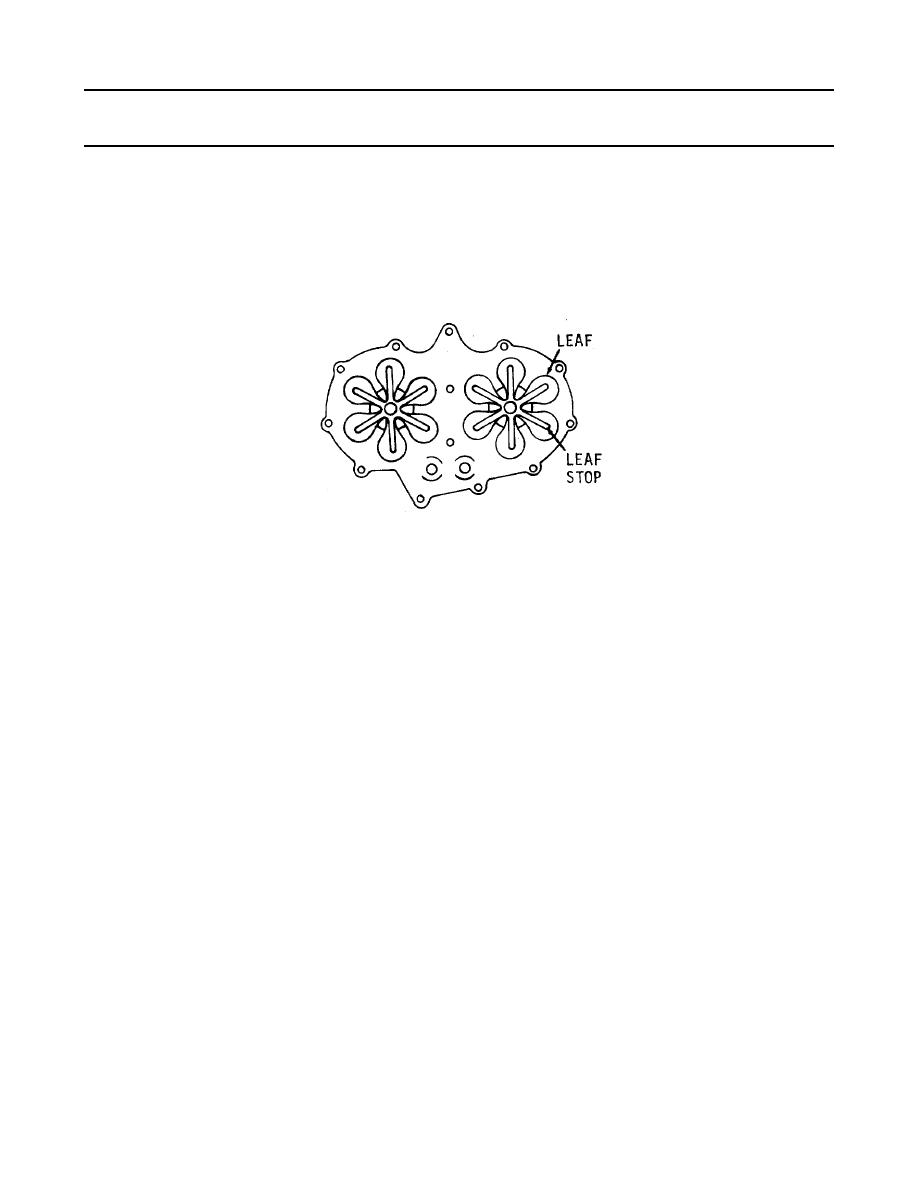
| Tweet |

Custom Search
|
|

|
||
 TM 55-1905-219-14-8
4-7.2. CARBURETOR - MAINTENANCE INSTRUCTIONS.
a. Fuel is supplied to the carburetor under pressure from the fuel tank. As a piston rises on its upward
stroke, it creates a partial vacuum in the crankcase. This vacuum opens the leaf valves pulling a stream of air
through the carburetor mixing chamber, vaporizing the fuel. The vapor thus produced passes through the leaf
valves into the crankcase, where it remains until forced into the cylinder to be ignited.
b. The leaf valve consists of two assemblies of six leaves, each anchored to the leaf plate; one assembly
for each crankcase chamber. The plate must be flat and true to maintain a tight seal with the like surface of the
leaf. A leaf stop is attached to the assembly to limit movement of each segment of the leaf valve. All six
leaves lift from their respective seats simultaneously to admit fuel vapor into the crankcase when sufficient
vacuum is produced. They close together when the vacuum is reduced. Do not, under any circumstances,
overflex these leaves. If this is done, the leaves may be ruined, requiring replacement.
c. The amount of leaf opening depends upon crankcase pressure which varies with the rate of speed at
which the engine is operating. This results in more satisfactory performance throughout the entire range of the
motor.
d. The carburetor is of the float-feed, two-jet type, consisting of a mixing chamber and conventional float
chamber. Two adjustments are provided for high and slow speed performance, respectively.
4-100
|
||
 |
||